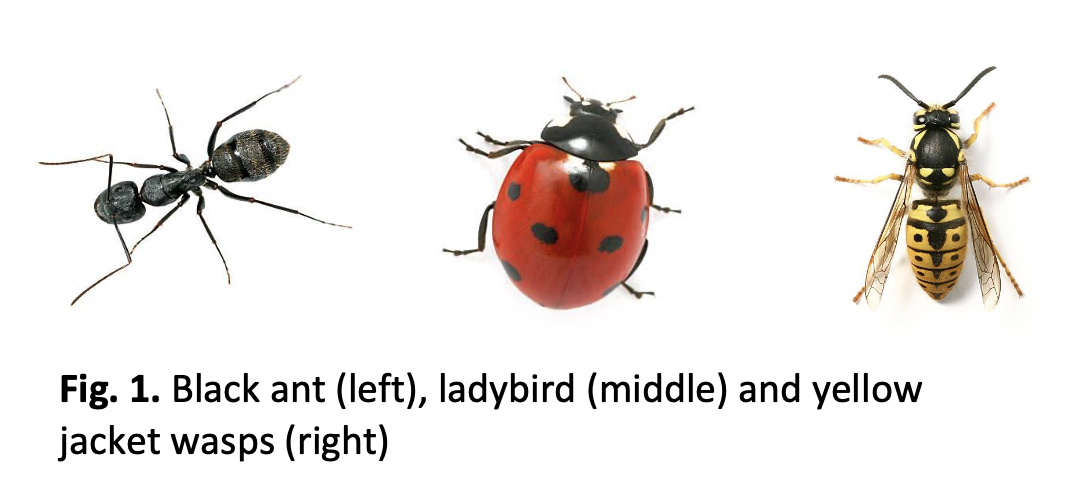Non-Parametric Machine Learning for Pollinator Image Classification: A Comparative Study
DOI:
https://doi.org/10.37934/araset.34.1.106115Keywords:
Pollinators, Image Classification, Non-Parametric Machine Learning, Shape and Colour Features, Random Forest ClassifierAbstract
Pollinators play a crucial role in maintaining the health of our planet's ecosystems by aiding in plant reproduction. However, identifying and differentiating between different types of pollinators can be a difficult task, especially when they have similar appearances. This difficulty in identification can cause significant problems for conservation efforts, as effective conservation requires knowledge of the specific pollinator species present in an ecosystem. Thus, the aim of this study is to identify the most effective methods, features, and classifiers for developing a reliable pollinator classifier. Specifically, this initial study uses two primary features to differentiate between the pollinator types: shape and colour. To develop the pollinator classifiers, a dataset of 186 images of black ants, ladybirds, and yellow jacket wasps was collected. The dataset was then divided into training and testing sets, and four different non-parametric classifiers were used to train the extracted features. The classifiers used were the k-Nearest Neighbour, Decision Tree, Random Forest, and Support Vector Machine classifiers. The results showed that the Random Forest classifier was the most accurate, with a maximum accuracy of 92.11% when the dataset was partitioned into 80% training and 20% testing sets. By developing a reliable pollinator classifier, researchers and conservationists can better understand the roles of different pollinator species in maintaining ecosystem health. This understanding can lead to better conservation strategies to protect these important creatures, ultimately helping to preserve our planet's biodiversity.
Downloads




























